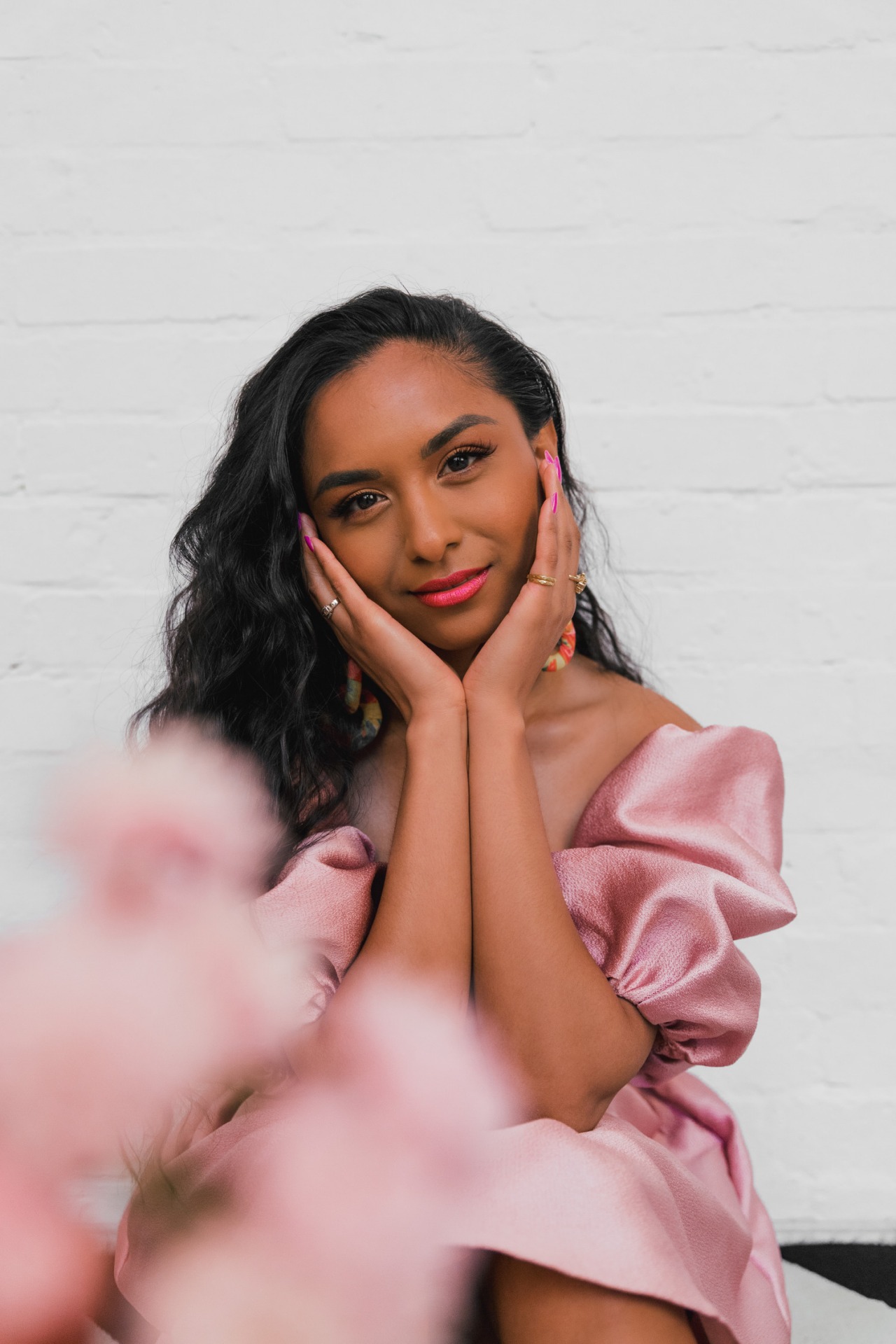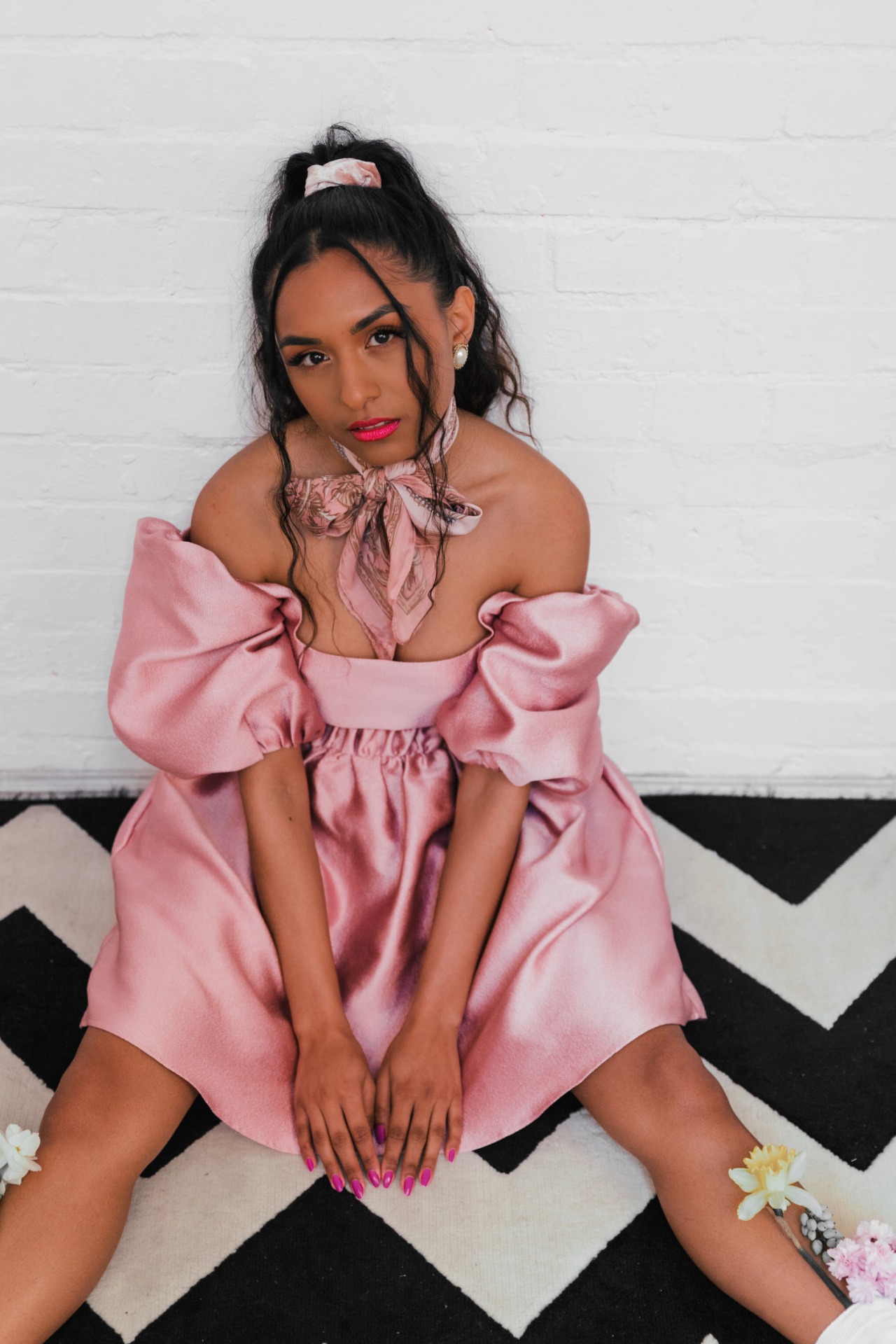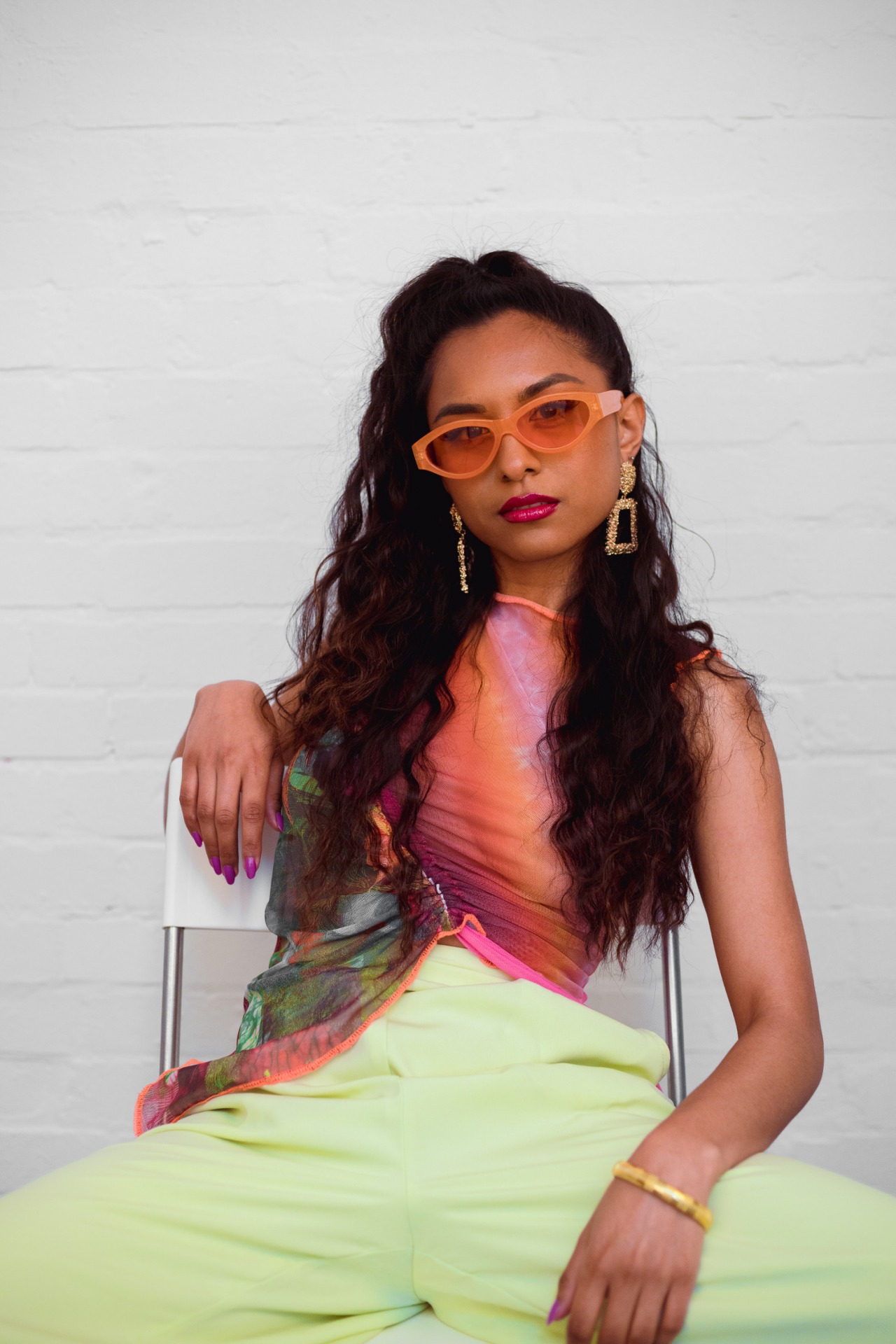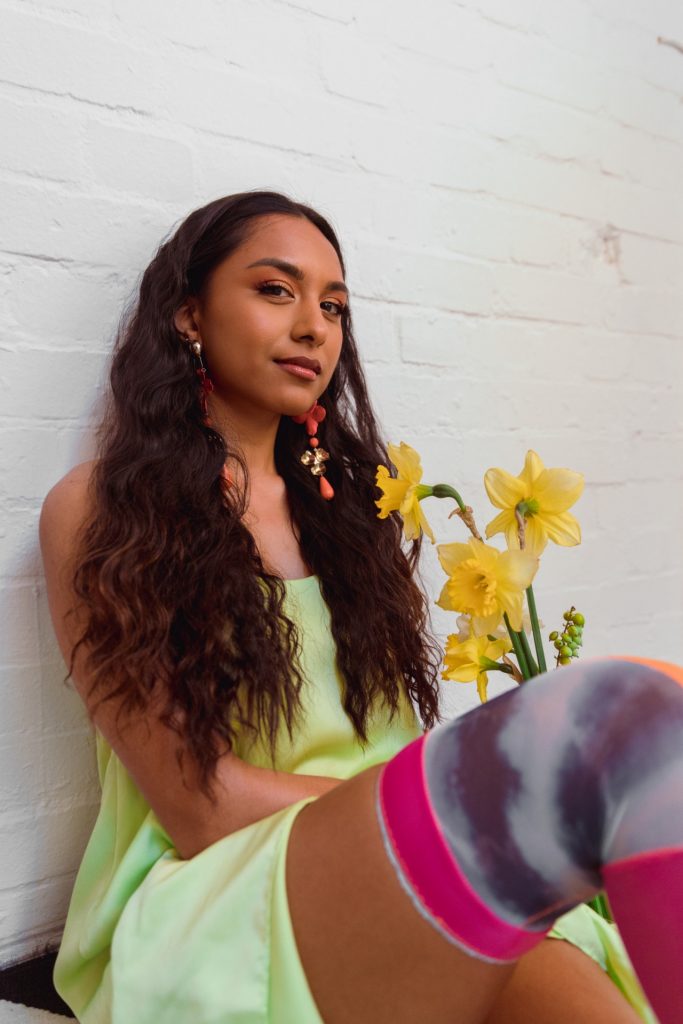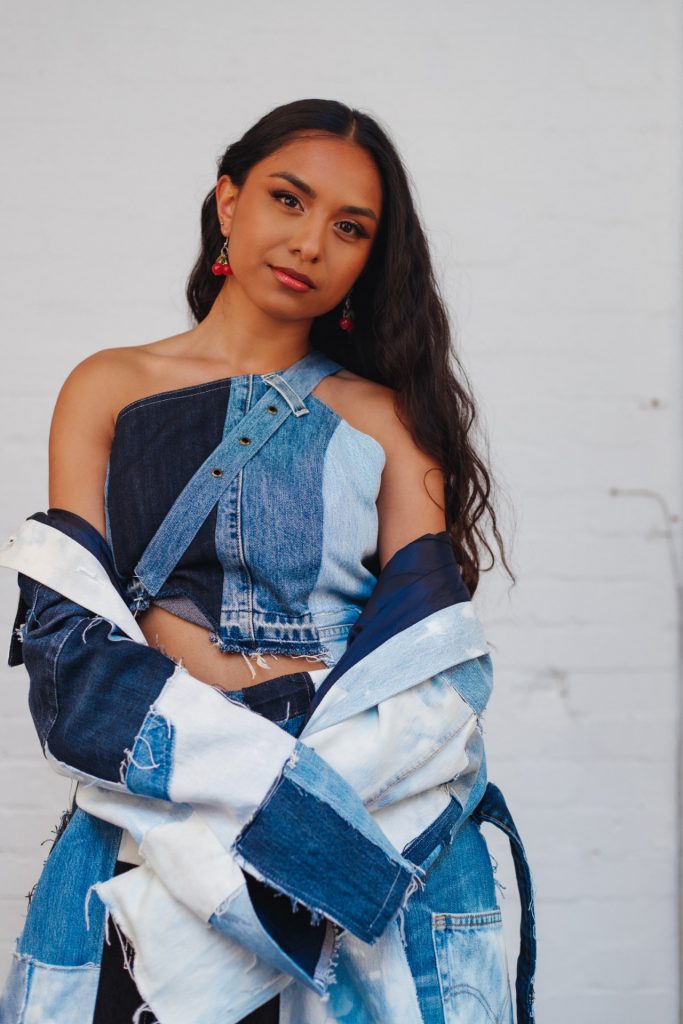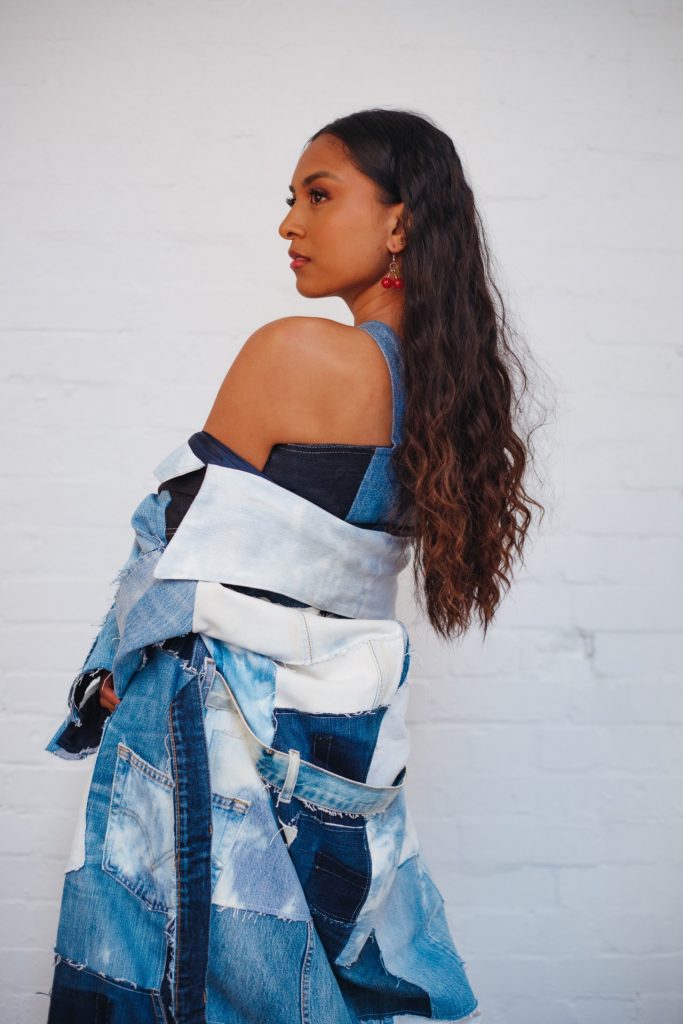When one thinks of art, its reception today in its many different mediums, I am personally drawn to a particular reflection by American artist, designer, and educator, Corita Kent. She comments:
“When art has changed, it’s because the world was changing.“
One immediately thinks about the different ways fashion, as an art form, has adapted and changed in reaction to the Covid-19 pandemic. With the colossal surge in popularity of social media platforms such as TikTok and Instagram over lockdown, the fashion community inhabits a new home, perhaps temporarily, yet with millions of people now connected by a common passion. We have seen big brands and major fashion houses tackle the challenge of producing shows in lockdown, by organising digital runways and virtual viewings, by extension, increasing the accessibility and transparency of such ‘coveted’ events. The industry has seen a form of renewal, spring cleaning if you will, especially for a Gen Z audience. I believe this can be largely attributed to the power of collaboration.
Look 1: Deborah Lyons Dress (hired from By Rotation) | Custom scarf (Stylist’s archive) | Jewellery (Stylist’s archive). All pieces have a sustainability factor as they were all rented or pre-loved. By Rotation is a rental company, founded by womxn of colour Eshita Kabra Davis, helping to reduce the unnecessary making of excess clothing by creating a social app that allows people to hire pieces for all occasions.
On a technical level, think about the ‘duet’ features on TikTok and Instagram Reels, where one creative can respond and react to the work of another, working together to produce an often comical, always creative, piece of visual work. On a social level, we must look inward, into our own creative communities, to fully see the positive effects of collaboration – whether this is through creating new initiatives, collaborating in studio spaces, or simply holding space for individuals to share their personal journeys.
Over the past year, our world has seemingly undergone mass necessary change – from an abrupt realisation of the environmental impact of our consumerist decisions, to a collective ‘refocus’ on racial issues and generational trauma that affects so many BIPOC* (Black, Indigenous, People of Colour). We then saw the power of collaboration manifest, especially in spaces of celebration; because, as important as it is to advocate, address, and amplify BIPOC’s voices and socio-political experiences, there is so much joy to celebrate; so many accomplishments to uplift, and so many achievements to be headlined. Recent examples include young poet Amanda Gorman’s global success following her Inauguration poem, The Hill We Climb or 14-year-old Anika Chebrolu’s winning Covid-19 cure research. Womxn of colour exist, thrive, and excel in creative spaces of innovation, which are only strengthened by the communities that motivate, celebrate, and support them. Increasingly, the fashion industry is waking up to this realisation.
Look 2: Mesh top (Senja by Maddie) | Trousers (Stylist archive) | Heeled Mules (Stylist archive) | Sunglasses (Stylist archive) | Jewellery (Stylist archive). Stylist re-used personal archive pieces. Senja by Maddie are all handmade pieces in London that are made to order.
Whilst issues of tokenism and diversity-hiring are still prevalent, what we must do is champion the creative spaces that promote true inclusion. The ones who put womxn of colour at the forefront, cultivating their potential and talent for art. This then kind of compilates Kent’s initial quote. Although we have seen a significant push to uplift Black creators, multi-cultural creatives, and BIPOC-owned brands, what comes with this support is the acceptance that these people have created art long before the world has ‘caught-up’. Whilst it is important to congratulate mainstream media and pop culture for promoting the art specifically produced by womxn of colour, I want to challenge the perception that it is only being produced now, as a reaction to a global focus shift.
Art has changed: how it is created and how we consume it. However, art has also been realigned, to centre and spotlight underrepresented voices and the work of individuals who, previously, may have never had access to mainstream spaces. The world has changed, but it has also refocused to realise the absolute necessity of uplifting and amplifying its womxn, and the art they create, because it has always existed, in communities and fringe spaces, even though it has only just reached our front covers and ‘for you’ pages.
Fashion in 2021 exists simultaneously as a revolution, revelation, and rejection of superficial societal ideals, and a renaissance of new creativity. We see this more than ever in our new Spring season, where a collective feeling of rejuvenation and restoral is felt, alongside a newfound determination to push the seams of the sartorial ‘norm’. From the 19th-25th April, Fashion Revolution is celebrating its annual ‘Fashion Revolution Week’: a campaign and global movement open to all fashion fans who are passionate about sustainable, slow fashion that is conscious of its eco-social impact, by asking key questions to the industry like #WhoMadeMyClothes. Its origin is the Rana Plaza Collapse, a tragedy where the Rana Plaza building in Bangladesh collapsed, killing more than 1,100 people and leaving another 2,500 injured, making it the fourth largest industrial disaster in history. Since then, Fashion Revolution has been committed to making progress and demanding change in the fashion industry in regard to human rights abuses and environmental degradation.
Right Image – (Look 1 as above). Left Image – Look 3: Dress (Stylist archive) | Mesh socks (Senja by Maddie) | Jewellery (Stylist archive)
The theme of the 2021 Fashion Revolution Week is Rights, Relationships and Revolution, calling all global citizens, educators, retailers, producers, and brands to re-examine how interconnected these 3 themes are. They write: “We believe we need a radical shift in our relationships—with each other, with our clothes, within fashion supply chains and with the natural world… we are bringing people together from across our community, amplifying unheard and marginalised voices, and working together to explore interconnected solutions.”
This radical change can only be accomplished through developing meaningful genuine relationships through collaboration. We must band together with the common goal of protecting human rights and promoting the voices that matter. Developing art that informs, educates, and entertains an audience on socially conscious issues, such as sustainable fashion, is central to the production house Gifted, by Nature, who specialise in the creation of music, literature, art, fashion, visual and audio content. In this stunning editorial, organised and created by a team of womxn, prioritising womxn of colour, GIFTED showcases the power of fashion forward, yet environmentally conscious clothing, using London-based brands and community rooted spaces to shoot.
With conscious styling, they highlight the importance of slowing down and making purposeful choices when it comes to fashion; bright colours highlighting the renewing potential of Spring and a rebirth of possibilities. The whole project developed meaningful relationships between all team members and inspired the ongoing push to decolonise our closets, form meaningful connections, and continue to consciously create, despite pandemic limitations and setbacks. The editorial is a celebration, yet conscious of the progress that needs to be made, addressing the important ongoing duty we all have, to decolonise the fashion space by investing and celebrating BIPOC talent.
Look 4: All pieces (Alzang) | Boots (Stylist archive) | Jewellery (Stylist archive)
Words: Ketki Mahabaleshwarkar
Photographer: Salam Zaied
Stylist: Evie Nairne
Makeup Artist: Shani Mush
Model: Vicky Pasion
Assistant: Ketki Mahabaleshwarkar
Production: Gifted, by Nature
Co-Production: Renaissance Studios
Pieces: By Rotation, Senja by Maddie, and Alzang

